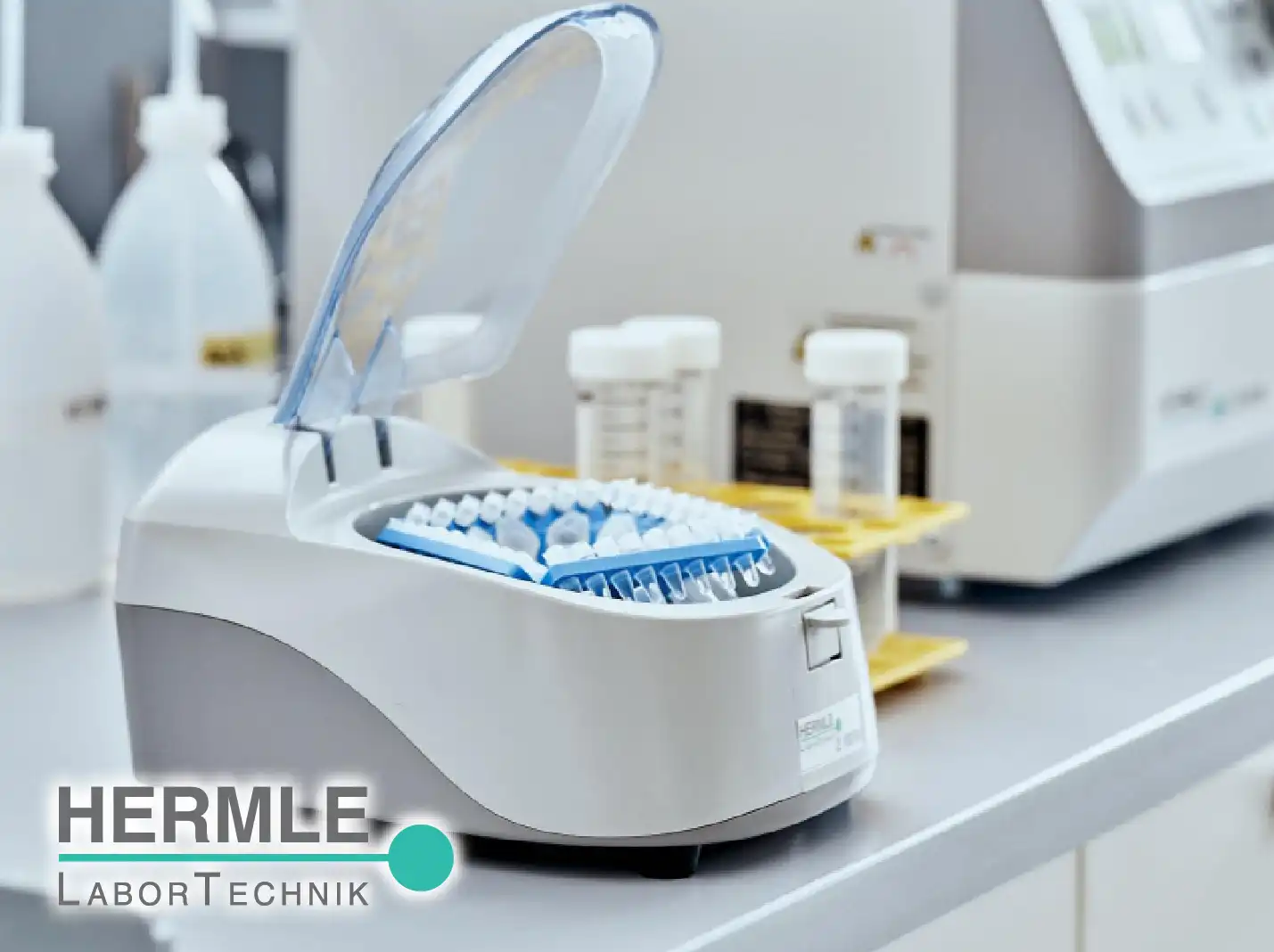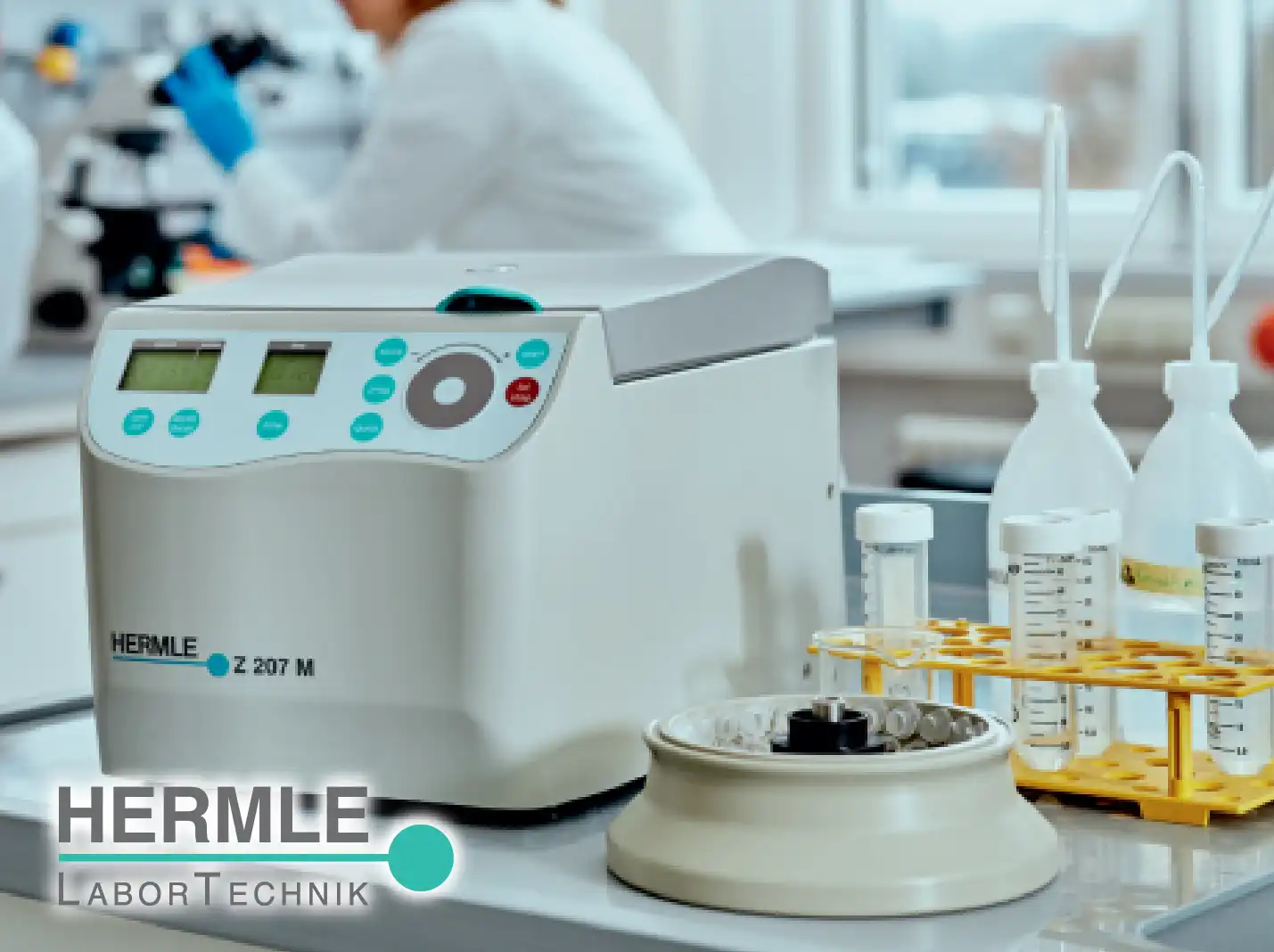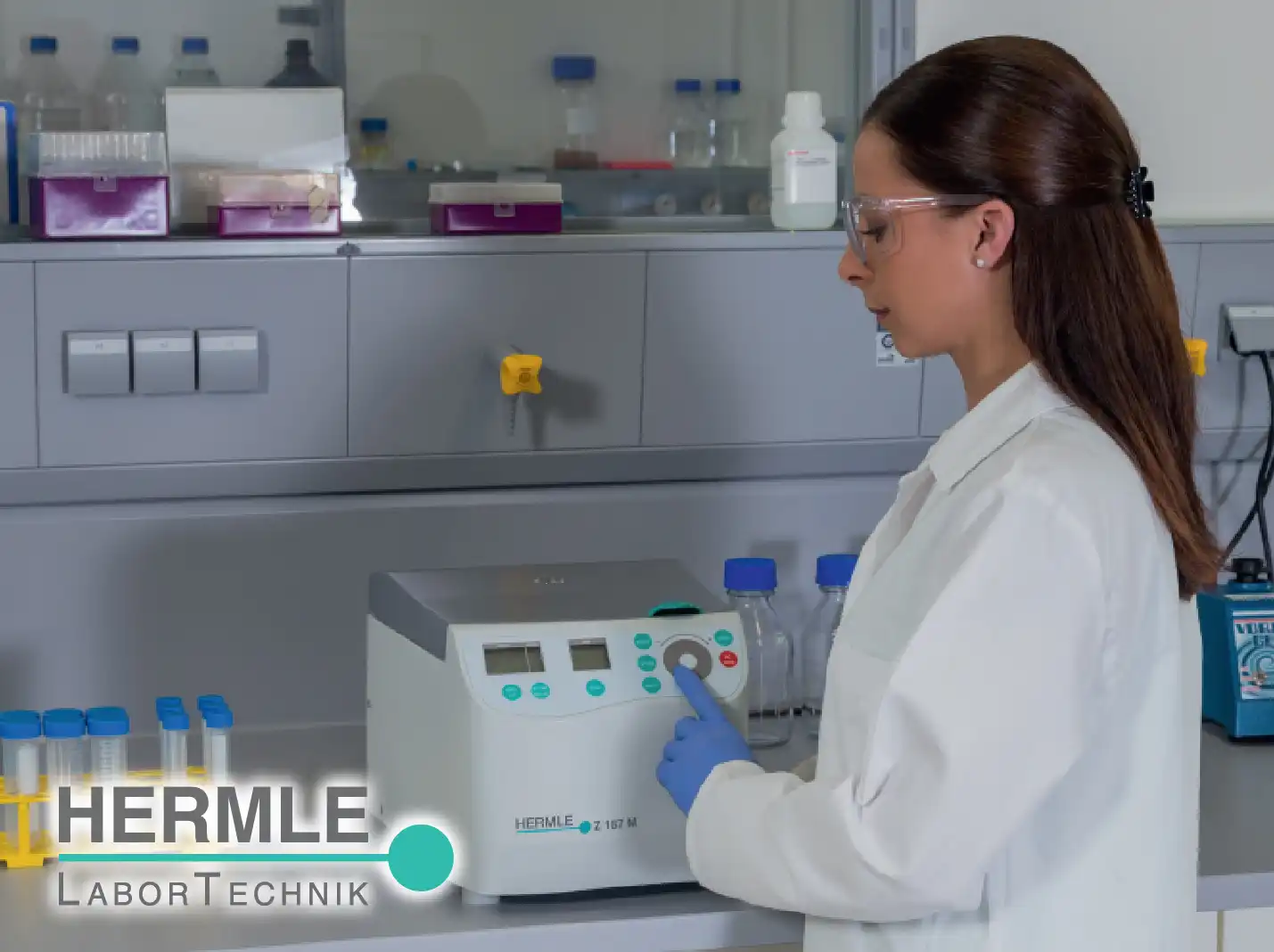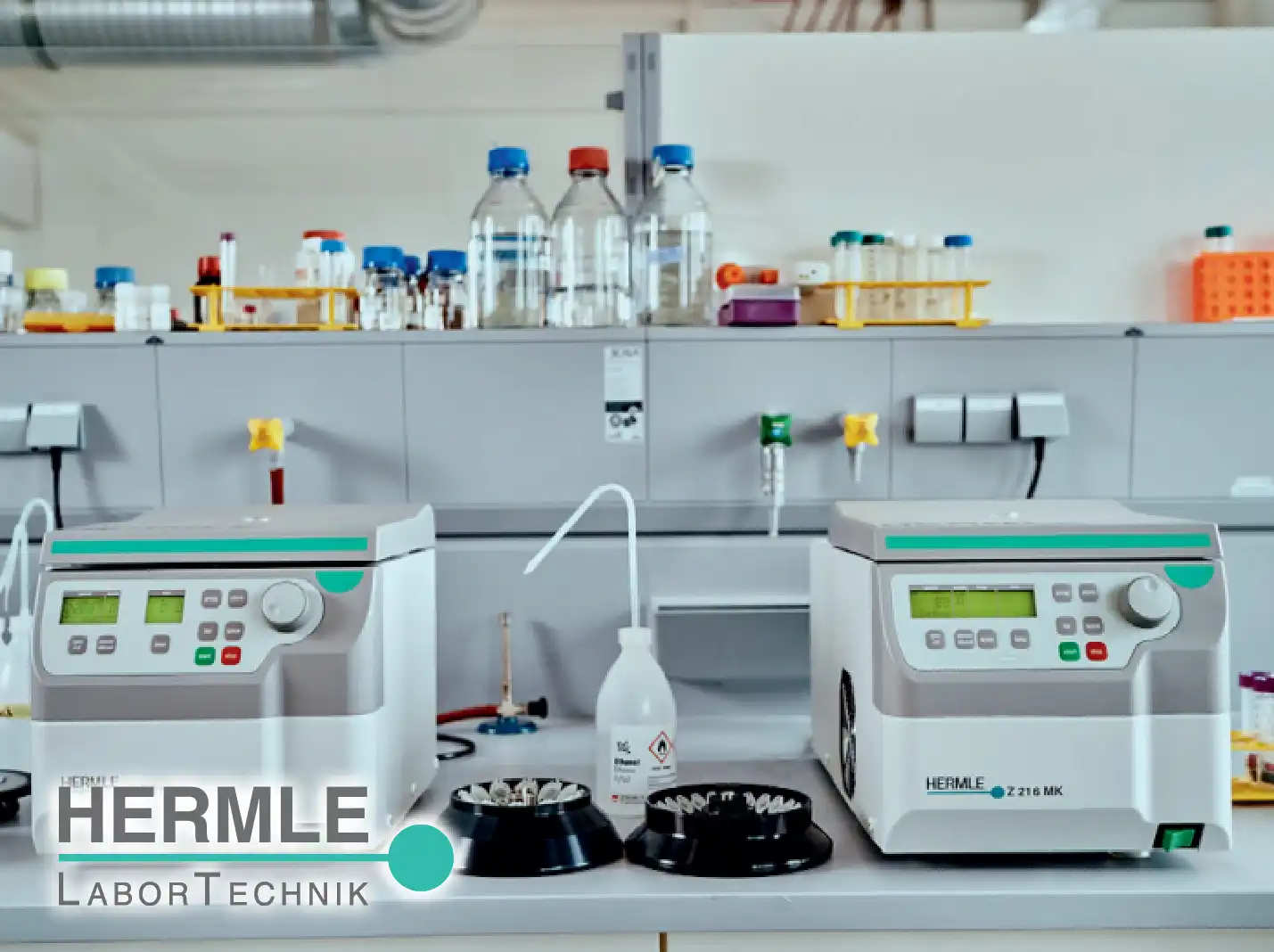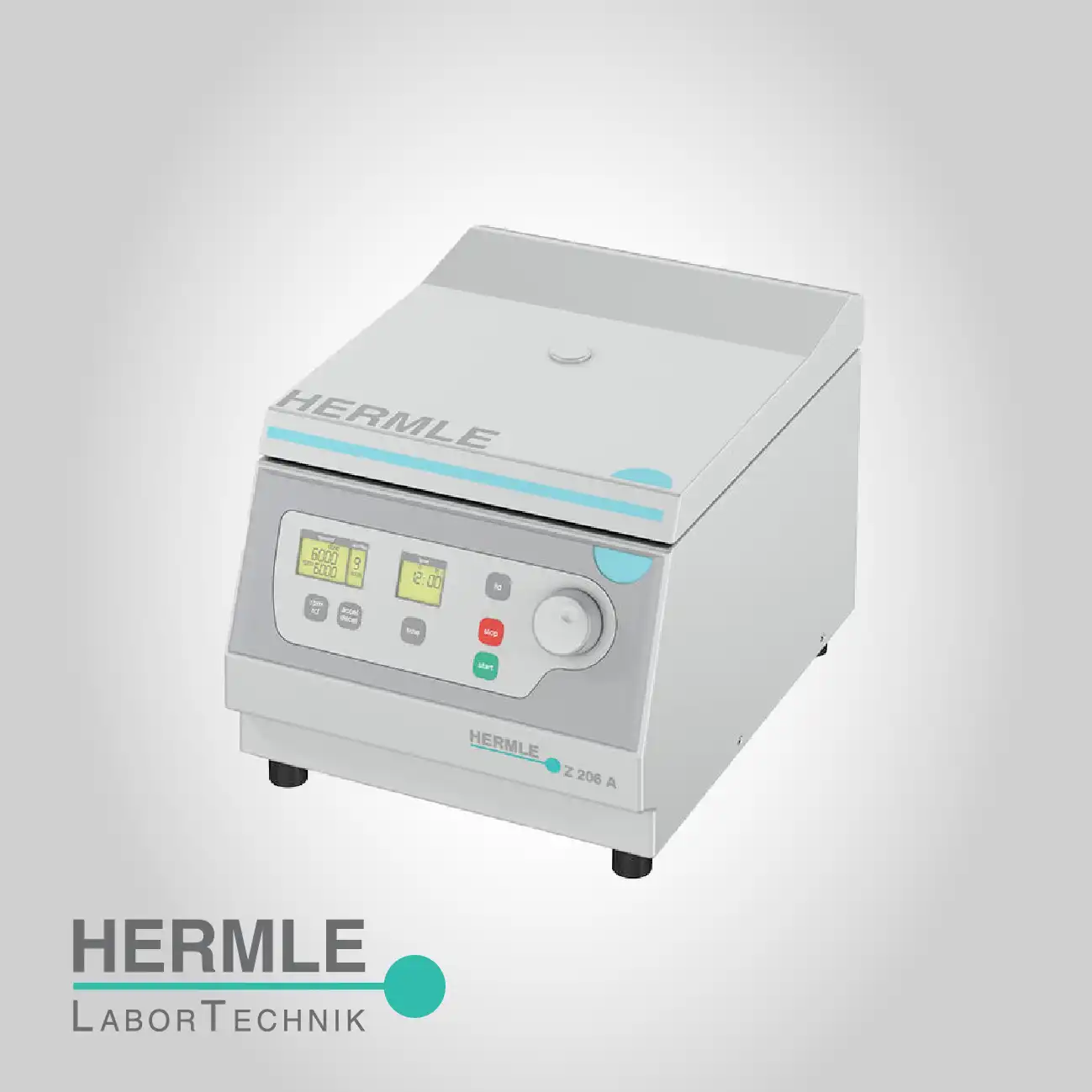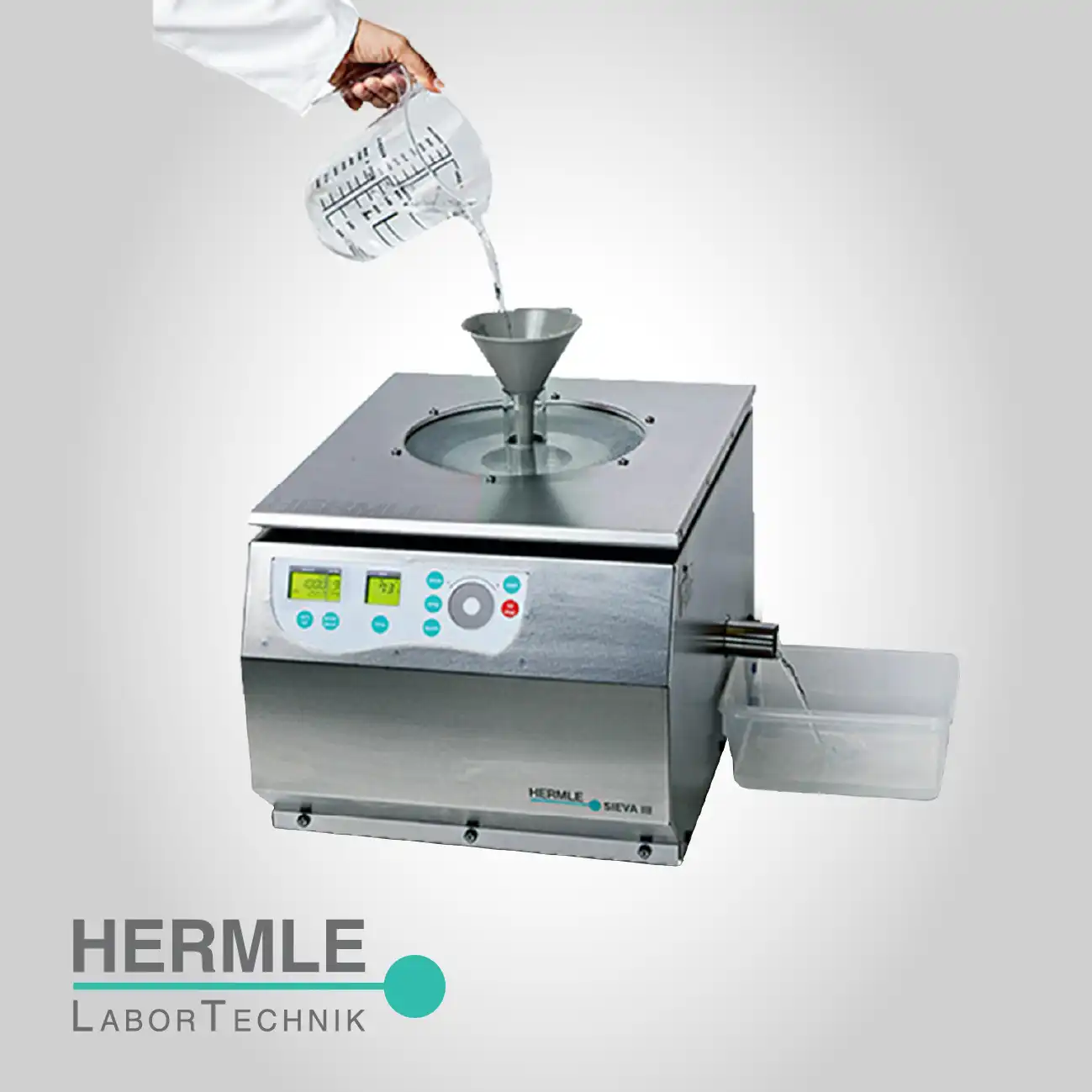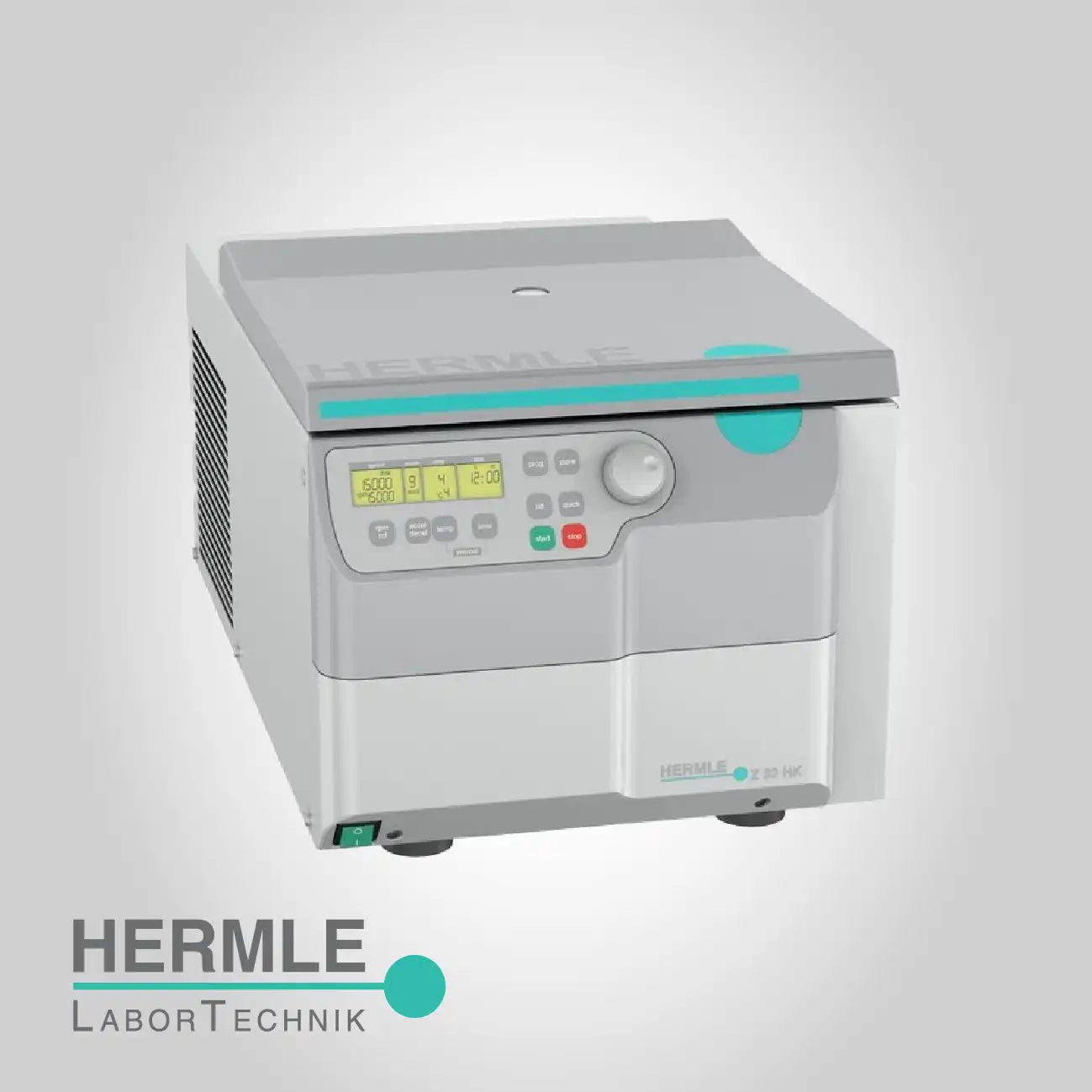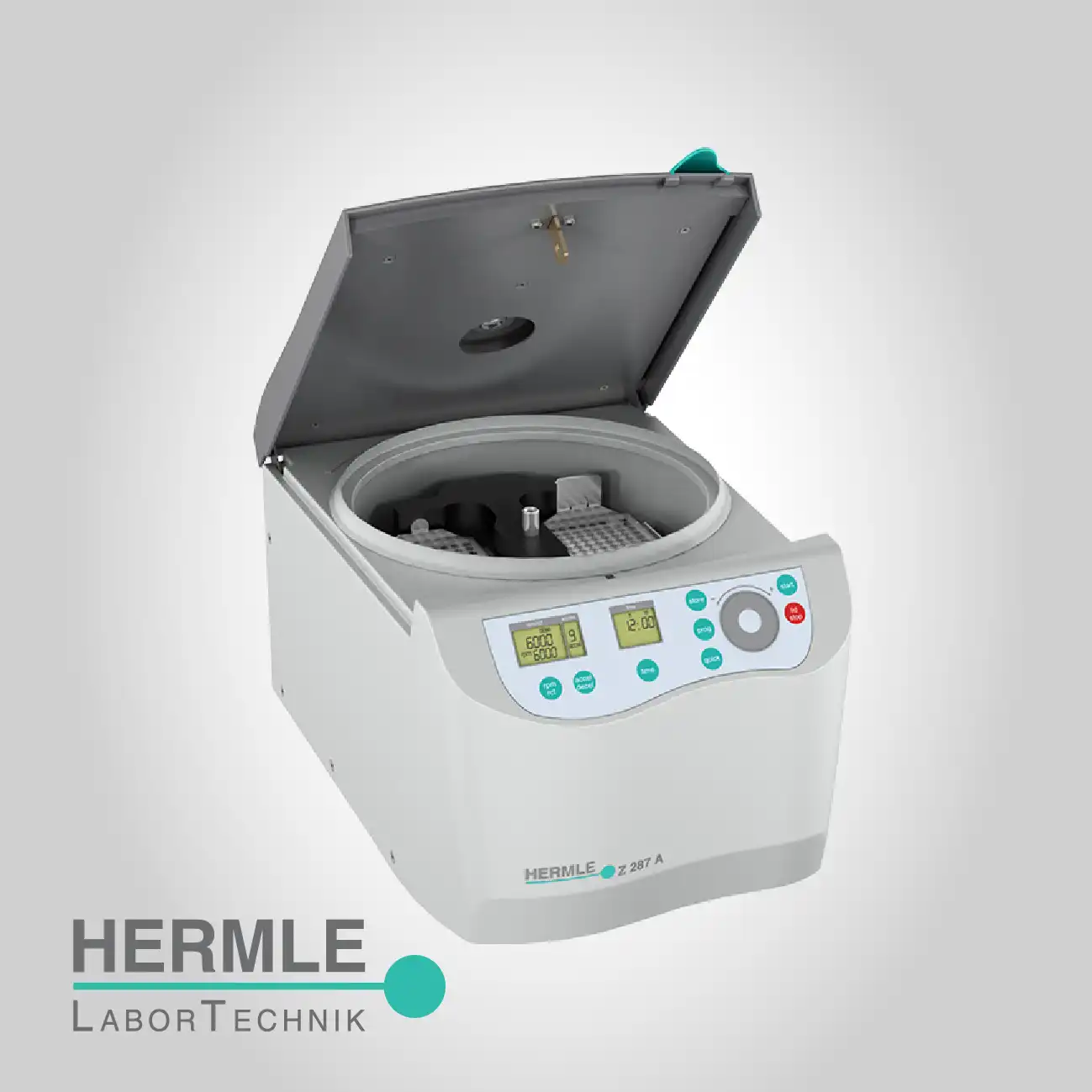
Microlitre Centrifuge
RCF High Speed Molecular Biology
Hermle Microlitre Centrifuge
The defining characteristic of these centrifuges is the exceptional g-force generated, which is critical for the success of sensitive molecular protocols. This power is paired with rotors designed to accommodate high densities of small reaction tubes, typically 1.5/2.0 ml volumes, ensuring that a significant number of experimental replicates can be processed simultaneously. The combination of high speed and specialized rotor design ensures maximum sample recovery and minimizes the time required to complete critical high-RCF separation steps.
Given the high rotational speeds, friction-induced heating poses a significant risk to heat-labile biomolecules. While achieving high RCF is paramount, the design of Microlitre Centrifuges often incorporates features to manage this thermal load efficiently. Ensuring minimal temperature rise during high-speed spins is crucial for preserving the enzymatic activity, structural integrity, and viability of the sensitive biological samples contained within the small-volume reaction tubes.
Handling small amounts of DNA, RNA, or protein precipitates
A primary pain point in molecular biology is the inability to fully pellet small amounts of DNA, RNA, or protein precipitates, resulting in low yield and inconsistent downstream analysis. The Microlitre Centrifuges are specifically designed to overcome this by generating RCF values (up to 15,944 xg, for example) that guarantee the efficient sedimentation of even sub-micron particles, ensuring maximum recovery from the critical extraction and purification stages.
Process time
The time required to process multiple reaction tubes individually can be a severe bottleneck in high-throughput PCR or sequencing workflows. These centrifuges feature high-capacity fixed-angle rotors, often accommodating 18 or more tubes (1.5 / 2.0 ml) simultaneously. This large sample density per run dramatically increases throughput, allowing technicians to proceed swiftly to amplification or sequencing without accumulating large queues of samples awaiting processing.
Nucleic acids and inactivate enzymes degradation
Sample heating during high-speed operation can degrade nucleic acids and inactivate enzymes, ruining entire batches of expensive reagents. The design includes specialized ventilation or, in some models, refrigeration capabilities to actively dissipate frictional heat. This thermal management ensures that the temperature sensitive samples remain within a stable range, preserving the integrity of the biomolecules during the necessary high-force separation.
Instability and rotor vibration
Instability and rotor vibration at extremely high speeds can damage samples or compromise the motor's lifespan. These centrifuges utilize precision-machined rotors and advanced motor balancing technology to ensure smooth, stable rotation even at maximum RPM (e.g., 14,000 rpm). This technical stability extends the equipment life and ensures that the pellet formation is clean and undisturbed.
Maximum speed descendance
Researchers frequently lose valuable time waiting for the centrifuge to reach or descend from maximum speed. The specialized drive systems are engineered for fast acceleration and braking. Minimizing this non-productive time is essential for multi-step molecular protocols where several short, high-speed spins are required sequentially, thereby speeding up overall protocol execution.
Aerosols cross-contamination
Cross-contamination from aerosols is a significant biohazard risk when opening tubes after high-speed runs. The centrifuges employ safety features, including hermetically sealed rotors or lids, which contain any aerosols generated during deceleration. This safety mechanism protects both the user and the integrity of adjacent samples from potential biological contaminants.
Small reaction tubes
Inconsistent seating of small reaction tubes can lead to rotor imbalance, premature wear, or even catastrophic failure. Microlitre rotors are designed with specific, indexed slots and secure locking mechanisms for the 1.5 / 2.0 ml tubes. This ensures reproducible and secure loading, mitigating the risk of imbalance and preserving the equipment's operational stability at maximum RCF.
Spins accuracy
The inability to perform quick, short 'pulse' spins accurately can complicate certain mixing or settling procedures. These centrifuges often incorporate a dedicated pulse function or easy-to-use digital controls for very short runs. This specialized functionality provides the user with precise control over momentary high-speed events, essential for washing steps or ensuring complete fluid collection from tube walls.
Click here for more information about Hermle Centrifuges





